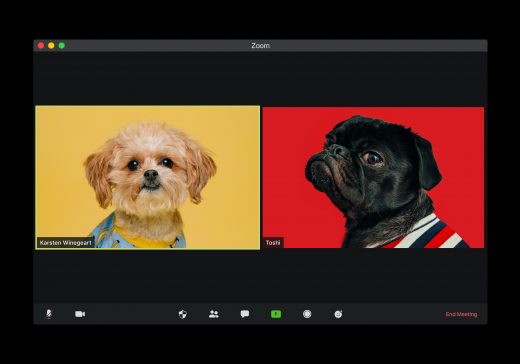How to Make Virtual One-On-Ones More Proactive & Productive
Let’s jump in the way-back machine and go all the way back to December 2019. Lord knows that, back then, everything looked rosy. It was going to be a great year, right? Well, for some of us it’s been a great year, for others it hasn’t. But one of the things that has happened is that networking as we know it has changed. We’ve all had to jump into the Zoom era kicking and screaming. In normal networking, there’s usually a handful of components. You get together in person and then you meet some people and occasionally you do something called a one-on-one. Today, I want to explain how you can actually make your virtual one-on-ones more proactive and more productive. Let’s start out by first defining what a one-on-one is and what it should not be.
A one-on-one is not an opportunity to sell somebody on your services. A one-on-one is an opportunity to get to know somebody else so that you can build quality relationship-based connections. If you go into a one-on-one trying to sell everybody that you meet, chances are you won’t be doing too many more one-on-ones because you’ll begin to create a reputation as somebody who’s trying to simply sell their stuff. What you need to do is focus on the ultimate goal of that one-on-one.
I’m going to break this article into two different sections. The first part is defining what a one-on-one is and the second part is going to be the tools that you can use to make your virtual one-on-one even better for under $ 100 a month.
The One-On-One
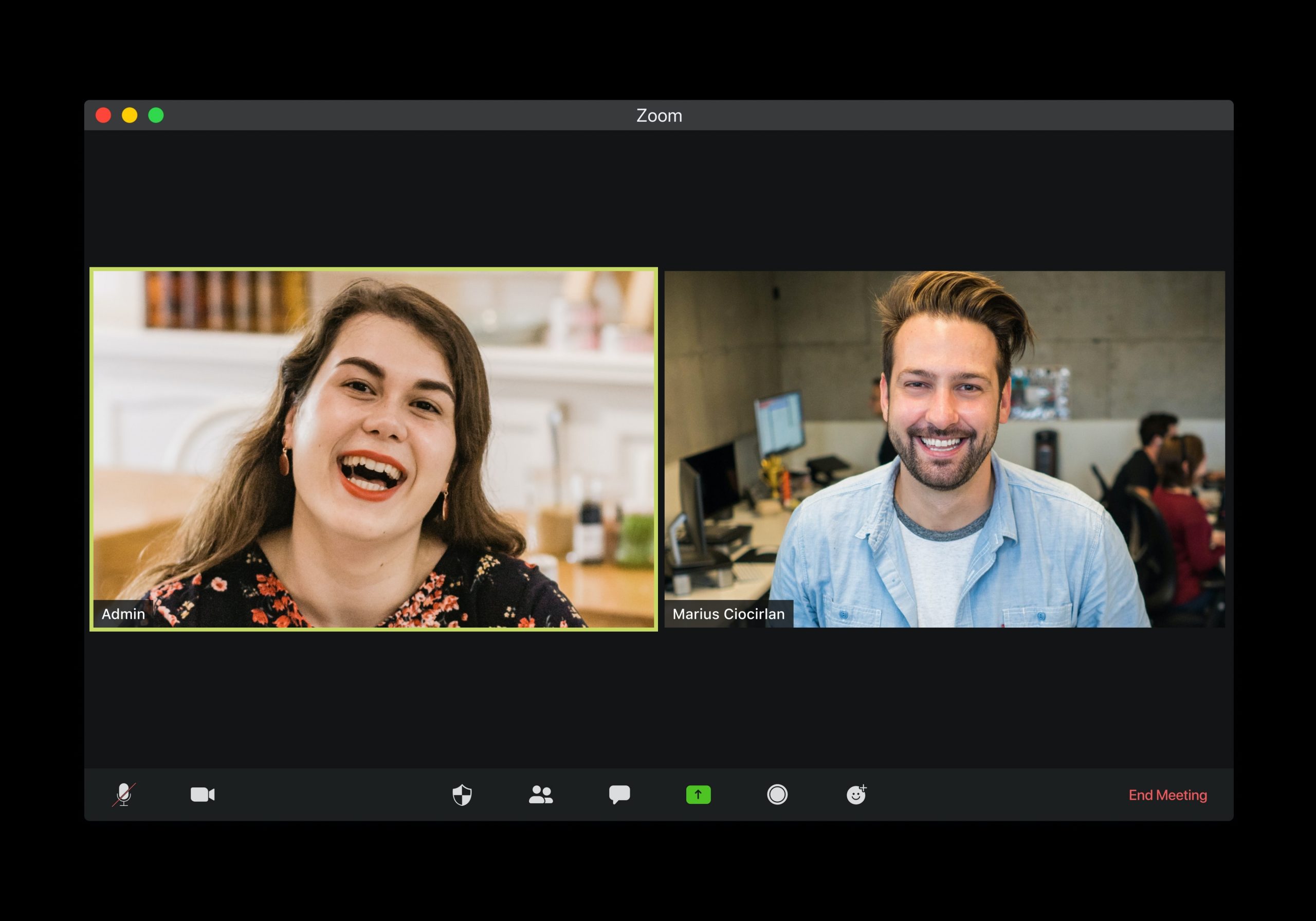
Let’s start with the first part by defining what your one-on-one is supposed to be. The first thing I like to do is set a time limit. That way I know exactly what to expect. If you make your virtual one-on-ones a half-hour and you set it up that way, you can break it into four key parts: a five minute get-to-know-you introduction, a 10 minutes segment where both of you get a chance to explain your business, and then a five-minute segment at the end to do some follow-up or figure out what’s next.
Set An Agenda
The first thing you want to do is set that expectation by saying, “Hey, this is going to be a half-hour meeting.” And the next thing you do is set the agenda. So you say, “Here’s what we can expect, here’s what we expect the outcome to be and at the end, and then we’ll have some follow-up steps.” That first section I like to chit chat or consider it the ice breakers section, what do you have in common, who do you know, set the tone and have a little bit of fun. Make it easy going.
Who’s On First?
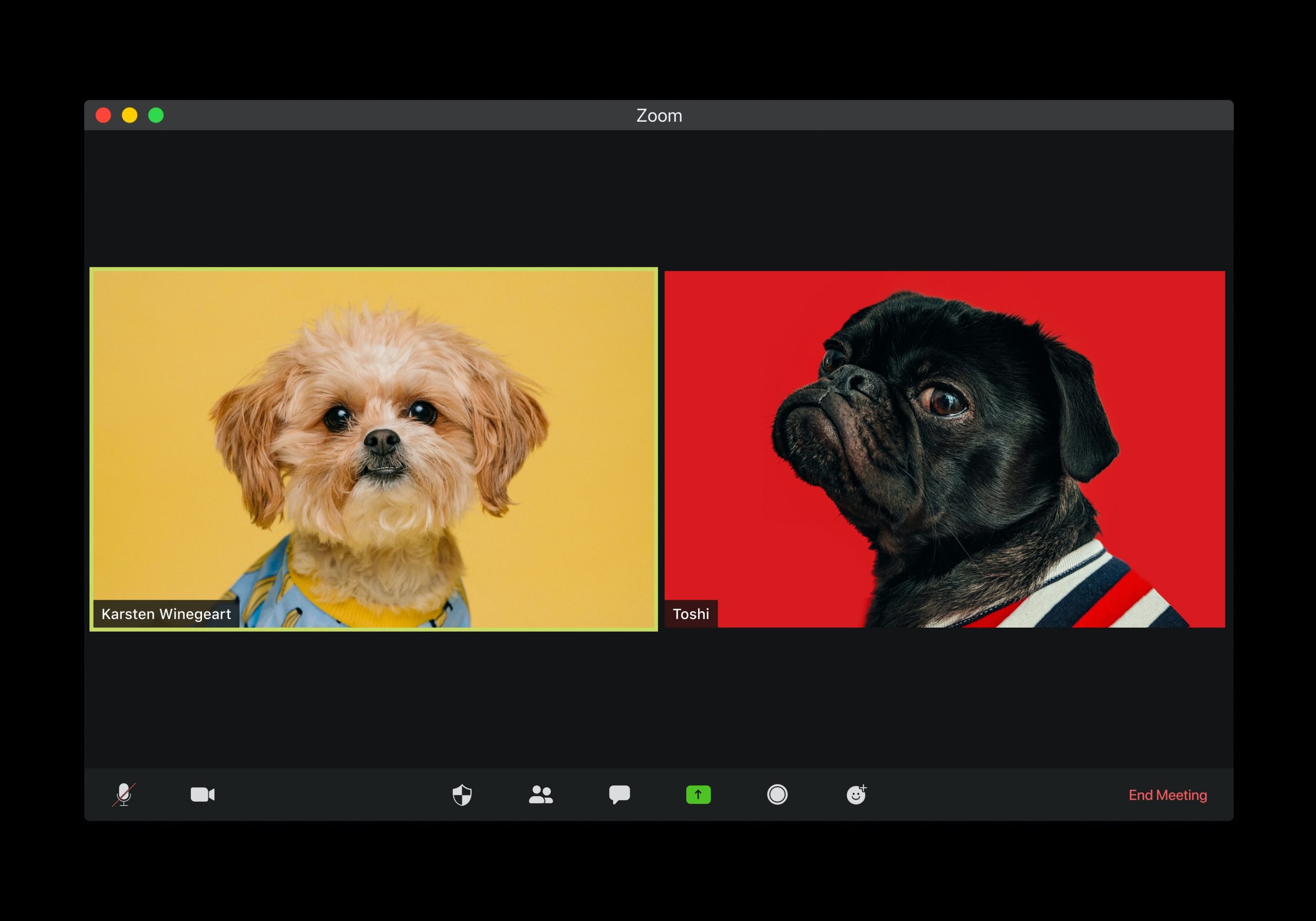
The next part is where you get into the meat and potatoes. I always allow my guests to go first, give them an opportunity to get the ball rolling. And I usually ask them three questions. The first one is, what do you do, who do you serve, and how do you solve their problem. That helps me to better understand who their audience is for their product and service and who might make a good referral source. That way if I meet somebody who might be a good fit for them I can make an introduction.
Then you give yourself the opportunity to get the same 10 minutes. You can feed those questions and say to the person, “Okay, here’s what I do, here’s who I serve, and here’s how I solve their problem.” Within that 20 minutes, you guys should have a very clear understanding of what kind of companies you want to work with and how you can help the other person potentially meet some of your connections in a way that’s going to help both of your businesses.
Follow Up
Then at the end, you’ll want to do that follow-up and say, “Here’s how I understand what we did, here’s what we’re going to do next. Let’s follow up via email. Let’s touch base in a week. Or maybe I’ll see it the next online networking meeting.” Whatever it is, define the ending and call the meeting to a close.
That is the overarching setup.
- First, set a time limit.
- Next, set an agenda.
- Then, set the expectations, define who a good connection is for both of you.
- Finally, have a follow-up plan.
The Tools
Next, I want to talk about the tools that I use. If you want to check them out go to Brianloves.info/products and you will find all of these tools that I’m talking about, and you can get a free trial of most of them.
Zoom

Now obviously Zoom is the 800-pound gorilla right now. Everybody tends to use it. Yes, you can get a free account and you can use it for up to 40 minutes. But if you want to have full access to all of the cool things that it does, it’s a whopping $ 15 a month. And that way, if you want to go longer, you can. Some of the meetings can last an hour, hour-and-a-half, so I need that account. And if you decide to do webinars you can always turn that on and turn that off, and that’s an additional $ 40.
Acuity Scheduling

Now if you want to be able to schedule those Zooms there’s a tool I use called Acuity Scheduling. It’s acuity.com. And that is only $ 14 a month. That integrates with your calendar, so if you’re already booked, somebody can’t book the time. You can set the expectations, including all of those things I mentioned, in an email going out to the person that booked it. It will also send reminders to that person that, “You’ve got a meeting coming up. Here’s the meeting ID. Here’s how to get into it.” It automates the whole process for you and for a whopping $ 14 a month it saves a ton of back and forth time, so it’s worth every penny.
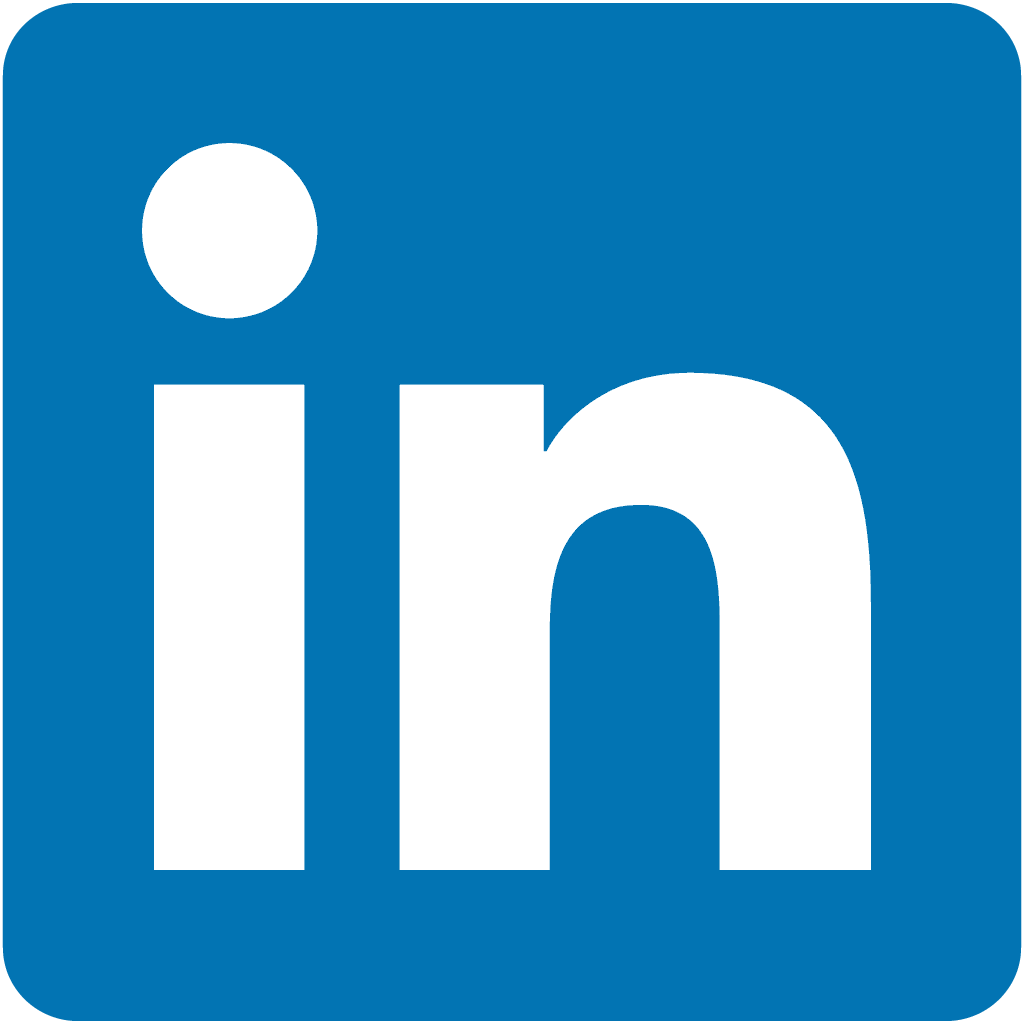
The next tool, which is free, is LinkedIn. What I suggest you do is after you have the Zoom for your virtual one-on-ones set up and it’s booked into your calendar, go do some research. Go look at that person’s LinkedIn profile, see what you can gather from that. If you have the free account, make a connection request. If you have the paid account, you can kind of do some more research, but I’m not going to get into that because it’s $ 79 a month and is only good for people that are doing deep dives into sales.
Nimble
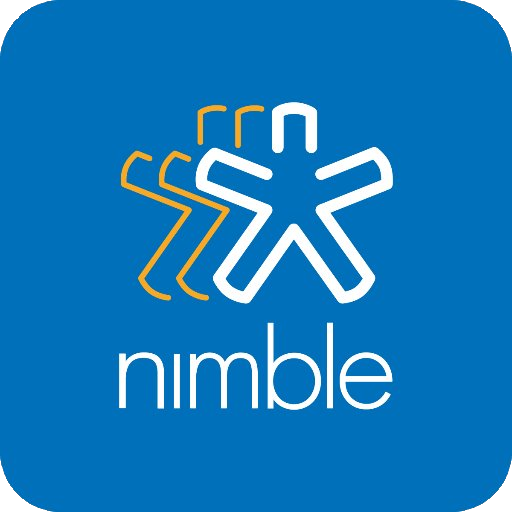
The next thing that I use is a CRM called Nimble. Nimble allows me to use a Chrome extension in LinkedIn and pull down all of my contact’s information and it gives me a way to save notes from that meeting. I can gather all of the information that I need about that person so when I meet with them I have their phone number, email address, and all of that coming to me in Acuity and then I can add that to Nimble and make sure I have all of their contact information in one place.
Crystal
 The next tool that I use is Crystal. This is a little bit more expensive, it’s $ 29 a month, but it is an online personality profile so I get to know what kind of person I am speaking to before I speak to them. Again, through a Chrome extension, you can get a quick and 80% accurate personality test of a person simply using only their LinkedIn profile. Then it will give you advice on how to communicate in meetings, emails, and more. It’s a very insightful way to enter a meeting with a relative stranger with some useful emotional intelligence.
The next tool that I use is Crystal. This is a little bit more expensive, it’s $ 29 a month, but it is an online personality profile so I get to know what kind of person I am speaking to before I speak to them. Again, through a Chrome extension, you can get a quick and 80% accurate personality test of a person simply using only their LinkedIn profile. Then it will give you advice on how to communicate in meetings, emails, and more. It’s a very insightful way to enter a meeting with a relative stranger with some useful emotional intelligence.
Evernote

The last tool I want to talk about is Evernote. Evernote is free, but you can pay a whopping $ 8 a month for the premium account and it’s worth it. I mean, for a whopping 70 bucks a year you get a whole bunch of extra power. The thing I love about Evernote is it has a Chrome plugin. So if you go to a website it’ll actually save that as an Evernote. And you can create a folder specifically for each person that you meet. You can save their LinkedIn profile, you can save their company profile, you can save their website, and you can save articles that they’ve written. You can save a ton of different things with their web clipping tool, which again is a Chrome plugin. And it’ll allow you to take notes and then save those notes and put them wherever you want. If you use Nimble, great, import them in. If you don’t, it gives you a place to save them.
Final Thoughts
For less than $ 100 a month these tools give you a lot of firepower at your fingertips for your virtual one-on-one. If used frequently and consistently, you could easily make 10 times that much a month from connections and referrals made through virtual one-on-ones. So, having virtual one-on-ones can be one of the best ways to build relationships that help you grow your business fast (even in this virtual world we are living in).
I would love to hear your thoughts on this. Comment below and share your thoughts, ideas, or questions about having virtual one-on-ones. Are these tips making your business better? What worked and what did not live up to your expectations? Do you have any ideas or advice you could share?
Business & Finance Articles on Business 2 Community
(28)

